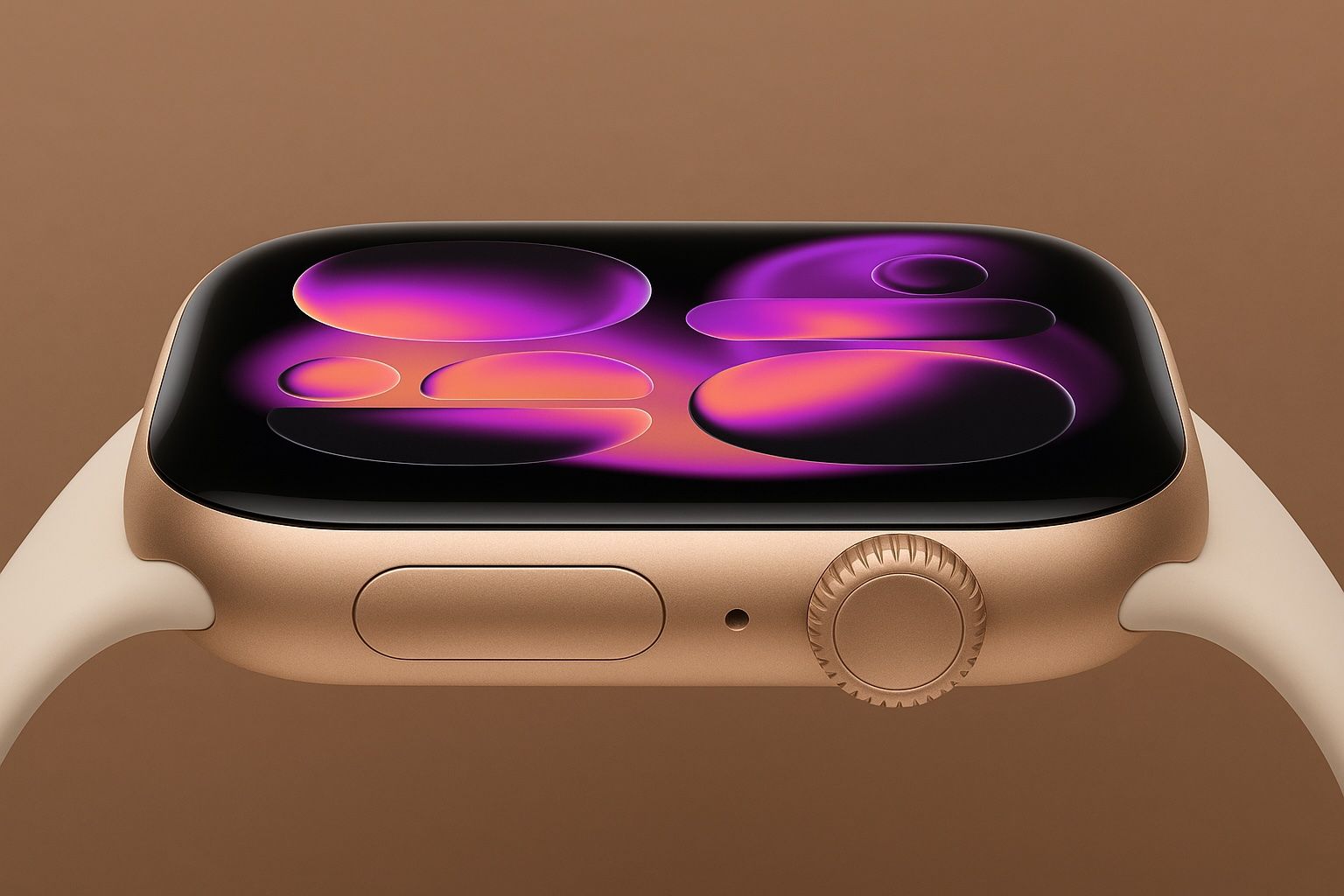Key Takeaways
- Apple’s new AI-driven feature alerts users about potential hypertension, utilizing data from the Apple Watch’s sensors, not direct blood pressure measurements.
- The feature received FDA clearance and will roll out globally, aiming to identify undiagnosed hypertension in over 1 million people within the first year.
- While it serves as an early warning tool, users must confirm readings with traditional blood pressure monitors, as it does not provide specific pressure numbers.
Apple’s AI-Powered Blood Pressure Notification Feature
Apple has introduced a groundbreaking hypertension notification feature in the Apple Watch Series 11, set to launch in September 2025. This innovation will also extend to earlier models, including Series 9 and the Ultra 2/3. Instead of directly measuring blood pressure, the watch analyzes patterns in data from its optical heart rate sensor over time. When signs of consistently elevated blood pressure are detected, the watch triggers a “Possible Hypertension” alert.
The feature has received FDA clearance, indicating its safety and effectiveness as a wellness alert rather than a diagnostic tool. Experts emphasize that it should not replace traditional monitors; users need to confirm results with standard cuffs. With approximately 1.3 billion people globally affected by high blood pressure, and half of them undiagnosed, the feature could significantly enhance early detection and treatment.
Apple’s health team utilized AI to analyze vast amounts of sensor data, identifying potential digital biomarkers for hypertension. This analysis helps smooth out day-to-day variability, focusing instead on long-term trends to minimize false alerts.
The rollout will encompass over 150 countries, including regions in North America, Europe, and Asia, potentially warning over a million users about hypertension they may not have identified otherwise. Such early alerts may encourage healthier lifestyle choices and timely medical interventions.
The announcement comes as wearable technology advances in the realm of health monitoring. Competing devices, like Samsung’s Galaxy Watch and Huawei’s Watch D, have explored blood pressure features, but they utilize different methods. Samsung’s approach requires regular calibration with a cuff, while Huawei has integrated a miniaturized cuff into its smartwatch design.
Despite the excitement surrounding these innovations, several challenges remain. Accurate measurement without a physical pressure sensor is complex, and experts warn against relying solely on the notifications. They stress the importance of continued traditional blood pressure checks, especially for individuals with hypertension risk factors.
As wearables evolve and become part of routine healthcare, both Apple and the medical community recognize that these devices can aid in early detection. Patients are encouraged to treat the notifications as tools to prompt further investigation, making proactive health management more accessible than ever. Ultimately, Apple’s hypertension alert represents a significant step towards integrating advanced health monitoring into everyday life while reminding users to maintain regular checks with healthcare professionals.
The content above is a summary. For more details, see the source article.















